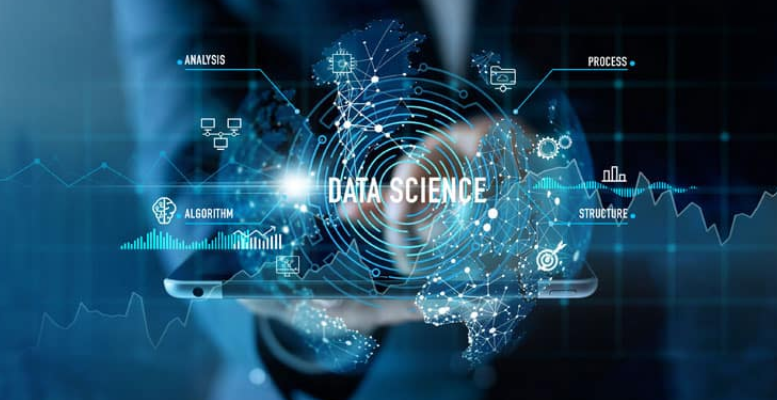Data science has become a pivotal field in today’s technology-driven world. It involves extracting insights and knowledge from data through various algorithms and techniques. Given the complexity and variety of algorithms available, understanding data science algorithms can seem daunting for beginners. However, breaking down these algorithms into manageable parts and understanding their fundamental principles can significantly ease learning. This blog aims to provide a clear and approachable guide for beginners to grasp data science algorithms effectively.
Understanding Data Science Algorithms
Data science algorithms refer to the techniques that are applied on data to forecast or to find out relationships. All depend on them and are the corner stone of data science and machine learning models. To understand these algorithms, it is essential to start with the basics:To understand these algorithms, it is essential to start with the basics:
- Algorithm Basics
An algorithm is a procedure that is followed in order to arrive at a solution to a given problem or perform a certain task. In the context of data science, an algorithm takes some data in its possible formats and can generate some usable output. It is possible to divide them into various subsets depending on their functionalities that include classification, regression, clustering, and recommender systems. Data Science Course in Chennai can provide in-depth knowledge and practical experience with these algorithms. - Types of Algorithms
- Classification Algorithms: All these algorithms are used to segregate data in pre-defined classes. Classification-based algorithms include logistic regression and decision trees that help determine is an email spam or not.
- Regression Algorithms: A regression problem is when the output variable is a real or continuous value. Linear regression is perhaps the simplest technique to estimate relationships among variables, say we are predicting house prices based on sizes and locations.
- Clustering Algorithms: Clustering algorithms are used to cluster similar data points into one cluster. Another usual type is K-means clustering which involves the division of data into clusters according to the similarity in properties which can be useful in customer segmentation.
- Recommendation Algorithms: These kind of algorithms suggest products or services upon an user behavior. Recommendation algorithms such as collaborative filtering or with content-based filtering common on Netflix and Amazon.
Steps to Understand Data Science Algorithms
- Start with the Basics: Before diving into complex algorithms, familiarize yourself with basic statistical and mathematical concepts. Understanding probability, linear algebra, and calculus will provide a solid foundation for grasping more advanced algorithms.
- Learn the Key Algorithms: Begin with simple algorithms and gradually move to more complex ones. Start with linear regression and logistic regression to understand fundamental principles. Once comfortable, explore algorithms like decision trees, random forests, and support vector machines.
- Practice with Real Data: Algorithms help to put data into practice where it can provide increased knowledge. There are many places to get such datasets, some of which are Kaggle and University of California Irvine Machine Learning Repository. Practical experience is very important in enhancing the understanding of the facts learnt.
- Join a Community: To gain help from the experts and enrich data science knowledge, one can participate in related groups or forums. Sites such as Reddit, Stack Overflow, and LinkedIn groups provide channels through which you can pose questions, equally provide answers, and also gain more knowledge. Additionally, exploring Data Science Courses in Bangalore can also provide valuable networking opportunities and further learning resources.
Knowledge in data science algorithm is an essential tool for anyone who wants to build a career in data science. Beginning with the simple method of learning the basic algorithm, using online tools, practicing on actual data, and being in a community that is related to the field, one can gradually learn techniques in this area. However, as you go further, you should remember that sharpening algorithms is a lifelong task, so the constant study and practice of various techniques will be useful in the further advancement of data science. Just relax and enjoy the ride because through the process you’ll have all the tools you need to make sense of complicated data and make powerful discoveries.

Be the first to comment on "How Can Beginners Understand Data Science Algorithms?"